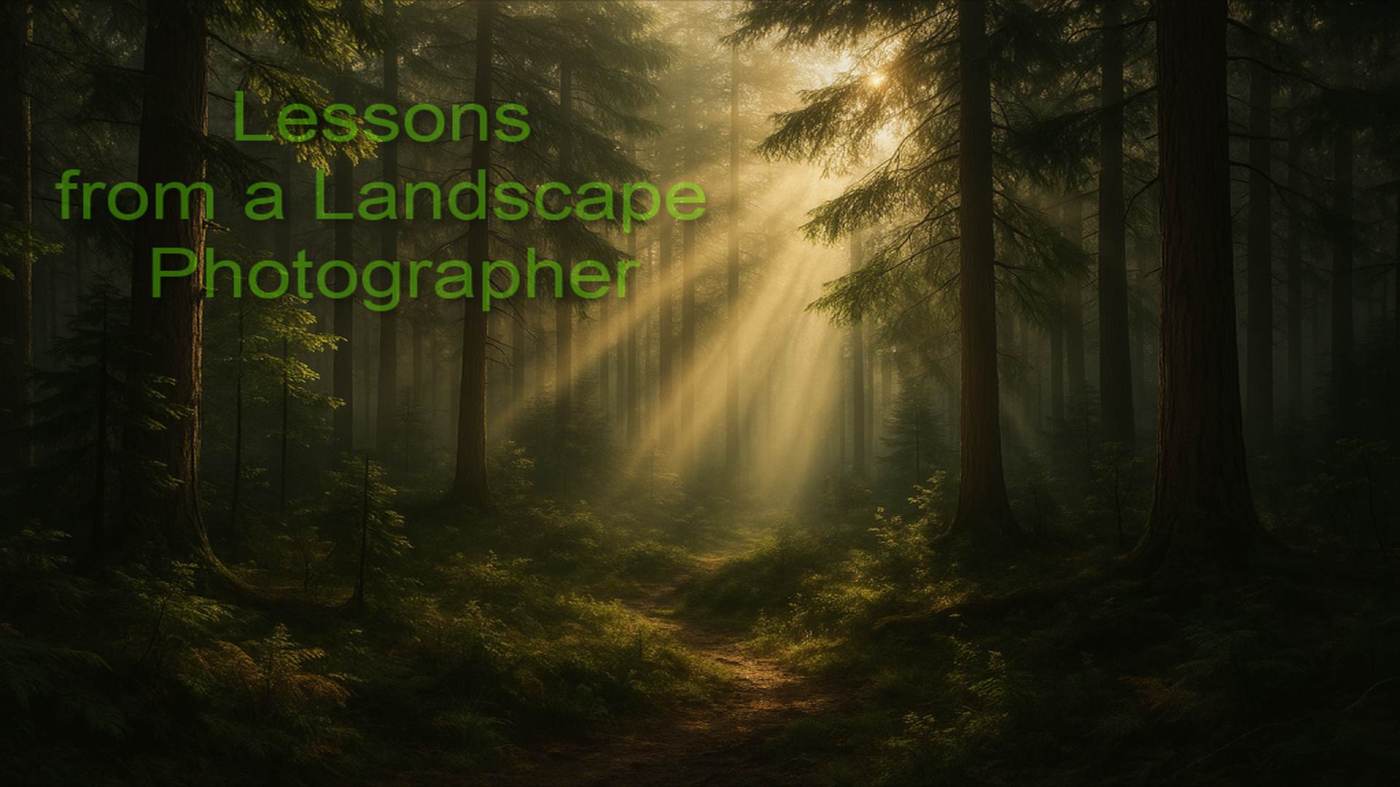Only 4 minutes read time
It’s well known that Micro Four Thirds is under pressure. For years, some have predicted its downfall—often people who struggle to accept its advantages. Sometimes, jealousy plays a role, especially when they’ve heavily invested in another system. Other times, it’s just badmouthing.
I have little doubt about my choice of Micro Four Thirds for wildlife photography, but I’m always curious about what other photographers think. I’m especially interested in those who have recently switched from full-frame to M4/3.
During one of my searches, I came across the story of Courtney Victoria, a British outdoor and landscape photographer, on YouTube – and not just any photographer, but one with over 60,000 followers ! Her experience caught my attention because I recognized many of the same challenges I faced in my own wildlife photography journey—especially regarding clothing choices and camera gear.
So, I decided to summarize her story here, as it might be interesting for others who are considering a similar switch.
From Landscapes to Wildlife: Courtney Victoria’s Journey into a New Genre
Courtney Victoria, a landscape and macro photographer, recently decided to try wildlife photography. She saw many animals in her local area and wanted to include them in her project, The Woods Are Alive. She knew it would be a big challenge, but she was excited to try something new.
Learning About Wildlife Photography
Courtney quickly realized that wildlife photography is very different from landscapes. When she tried to take pictures of deer, she saw that they noticed her right away. She did not know much about how animals see or behave.
One of her first lessons was about clothing choice. At first, she wore black, thinking it would help her blend in. But after a quick Google search, she learned that black makes her stand out to deer. They see it as a large dark shape. She switched to neutral-colored clothes, which helped her stay hidden. Later, she used a green rain jacket and a hat to blend in even more.
She also had to learn patience. At first, she thought she would not enjoy waiting for animals to appear. But her experience with landscape and macro photography helped her stay still and observe nature. She found that she actually liked watching wildlife, even when she was not taking pictures.
Changing Camera Gear: From Nikon to OM System
Another big change for Courtney was her camera. She usually used a Nikon D850 for landscapes (46mp FF) and a Nikon Z30 for filming (21mp APS-C). But for wildlife photography, she tried the OM System OM-1 Mark II with an OM System 100-400mm II lens.
This new setup helped a lot. The image stabilization was extremely good, so she could take sharp photos without a tripod. The long zoom lens allowed her to take pictures of animals from far away. The fast burst mode helped her capture moving subjects.
She also added a battery grip. This gave her extra battery life, which was useful for long photography sessions. It also made the camera easier to hold, especially with a big lens.
The OM System was much smaller and lighter than her Nikon D850. This made it easier to carry when walking in nature – even with the battery grip.
A New Passion
Even though wildlife photography was difficult, Courtney really enjoyed it. She learned about animal behavior, camouflage, and patience. Now, she is thinking about taking a wildlife photography workshop to improve her skills.
Her experience shows that trying something new can be exciting. Even if a new type of photography seems hard at first, with the right attitude, the right gear, and some practice, anyone can learn. Like Courtney, you might even discover a new passion!
The Surprise
The story and video below are recent, but Courtney had already been in contact with OM System before—specifically with the OM-1, which she used for handheld macro photography with the 60mm and 30mm lenses. And in those slightly older videos, you could clearly read between the lines that she was seriously considering switching to OM System—and with it, the Micro 4/3 format—as a replacement or as a second system for her 46MP Nikon full-frame system. That might come as a surprise to full-frame photographers, especially since it wasn’t just for wildlife—where the extra reach and incredible IBIS are a big advantage—but even for macro photography. That was a surprise even for me!
I hope you enjoyed the story, and I definitely recommend you watch the video. I’ve included the links to her website here:
https://www.courtneyvictoriaphotography.com/
Discover more from Open Source Photography
Subscribe to get the latest posts sent to your email.



